
B2B marketers need to be able to figure out which campaign touches drive engagement and, ultimately, conversions and revenue. Attribution models can yield insights that allow marketers to make better spend allocation decisions. Single-touch attribution models like first-touch, last-touch and tipping-point can help marketers better understand lead generation, conversions, and the marketing-to-sales handoff.
Multitouch attribution can also generate important insights on how campaigns impact pipeline and revenue, but it’s critical to avoid mistakes during implantation and to understand the limitations and capabilities of each type of model. Here are five tips that can help you improve your multitouch attribution results.
- Create models that reflect your marketing strategy. It may sound simple, but it’s easy for marketers to get caught up in the different possibilities attribution models offer and miss this basic step. Are you running campaigns to improve the engagement of both new and active leads? If so, consider an even-spread multitouch attribution model that evaluates campaigns across the entire sales cycle. Are you looking to influence prospects later in the sales cycle? Take a look at a time decay attribution model, which gives later touches greater weight.
- Make you understand the business question you’re asking. In addition to aligning the model you choose with the marketing strategy, make sure you understand the business question you’re working to answer. For example, if one campaign strategy is to activate new influencers at top target companies, the business question might be, “What was the lead gen campaign’s impact on pipeline and sales this quarter vs. last quarter?” You’ll need to account for the business question too when setting up reports based on your multi-touch model.
- Apply appropriate reporting parameters. Once you have clarity on the business question you’re asking and choose a model that reflects the marketing strategy, it’s time to apply the right reporting parameters so that your dashboards and reports give you meaningful data. For instance, you might be examining results on a particular date, timeframe, or market segment. Setting the relevant parameters will ensure you get data that is actionable and relevant to the business question you’ve set out to answer with your campaign analysis.
- Combine attribution and funnel metrics to drive efficiency. This holds true for single-touch and multitouch attribution methods: Attribution helps you invest more efficiently, but you’ll also need funnel metrics to drive process efficiency. Also, keep in mind that it’s crucial to use CRM as your data repository because it is the revenue system of record. When you analyze funnel metrics inside the CRM, you can track volume, velocity, and conversion rates and identify any process issues with sales to drive overall efficiency.
- Hold regular meetings with sales and marketing colleagues. Related to the point above, it’s important to make sure everyone is on the same page, and that requires regular meetings with your relevant marketing ops/lead gen colleagues plus the sales/revenue teams that depend on your campaigns to generate business. During meetings, the group should review funnel metrics to identify trends and sticking points, and relevant individuals should take on action items to alleviate bottlenecks as appropriate.
Marketing attribution in general and multitouch attribution specifically will remain key components of B2B campaign measurement because they are essential for efficiency. Without actionable data on campaign performance, marketers can’t invest budget dollars where they produce the best results.
But it’s important to keep in mind that attribution is one-half of the efficiency equation. Funnel metrics matter too. When you can track both inside the CRM, you’ll be able to drive efficiency across the board and in even collaboration with your sales team.

5 Examples of Data-Driven Storytelling to Inspire Your Next Campaign
Raw data can be hard to recall. But a good story? Everyone remembers a good story. Read more about data-driven storytelling.
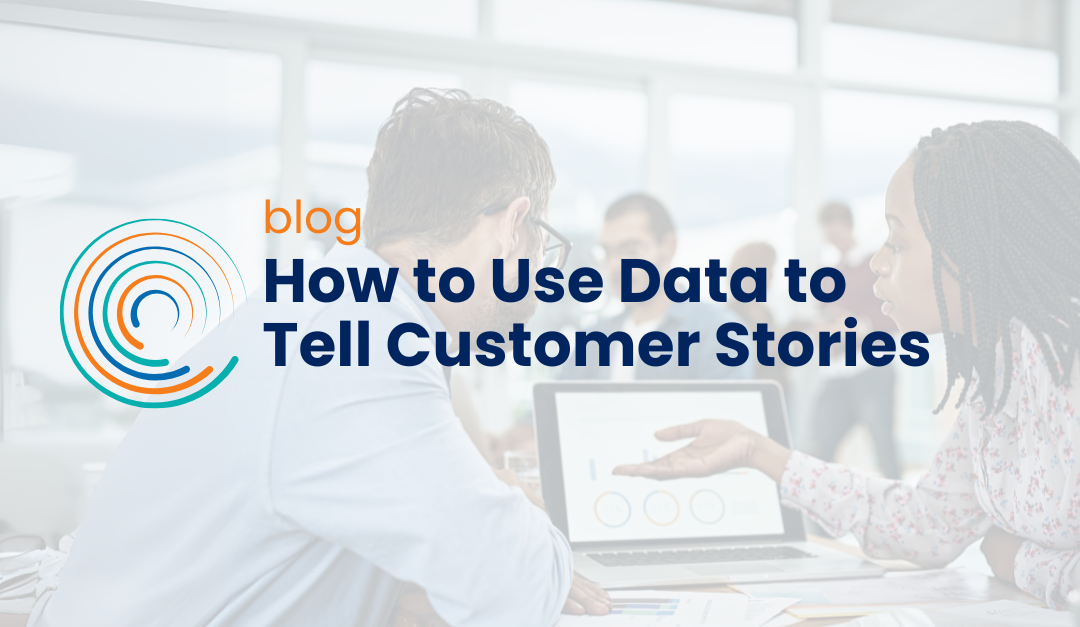
How to Use Data to Tell Customer Stories
Transform complex data into engaging customer stories. Blending data analysis and storytelling, you can craft a more relatable messages.
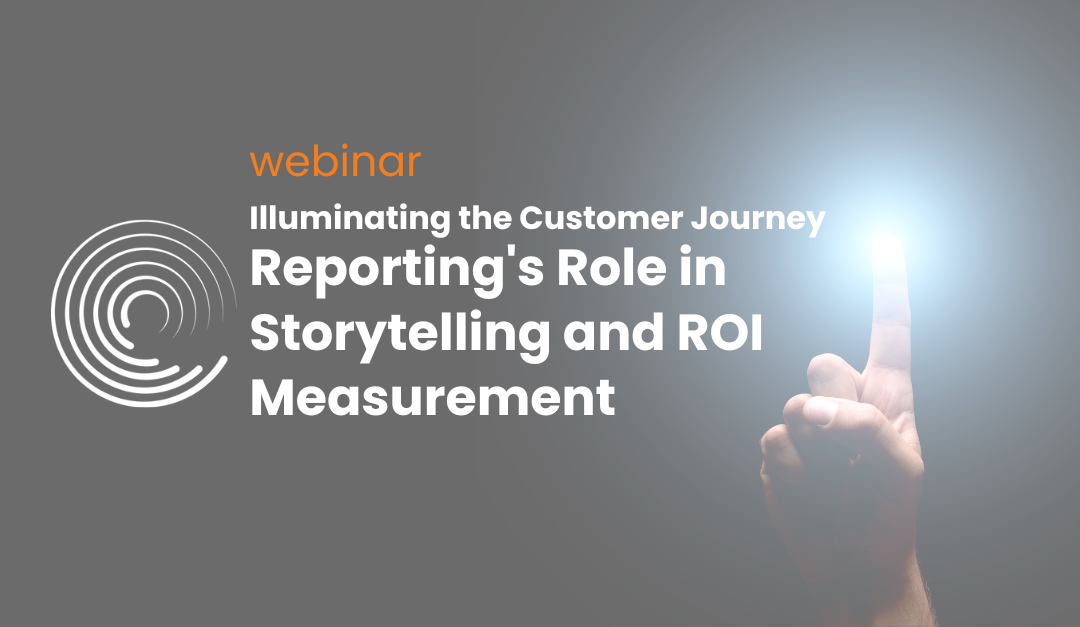
Illuminating the Customer Journey: Reporting’s Role in Storytelling and ROI Measurement
📅 Date: Wednesday, November 20, 2024
🕐 Time: 10AM PT | 12PM CT | 1PM ET
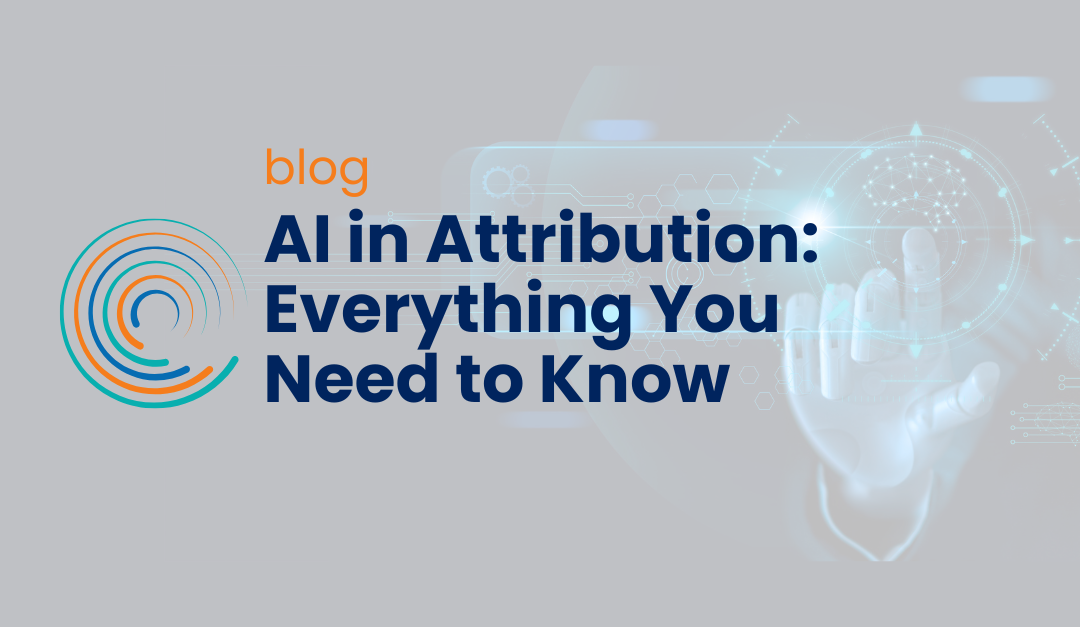
AI in Attribution: Everything You Need to Know
As marketers, we’ve all asked “Am I going to be replaced by AI”? AI can actually make our jobs easier – even with tasks like attribution.
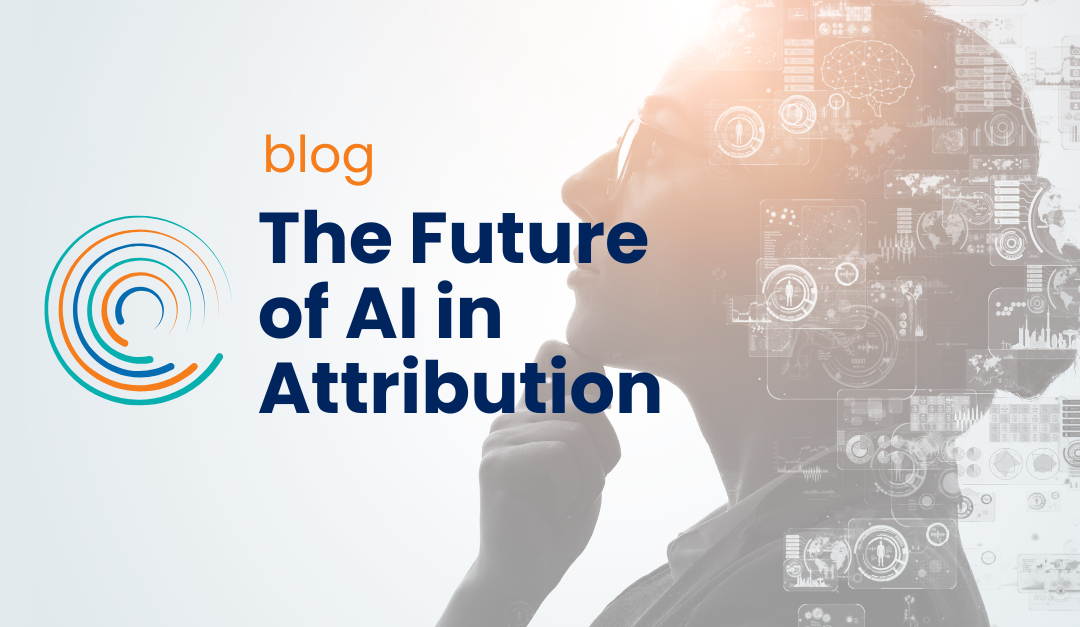
The Future of AI in Attribution
As AI continues to transform the marketing tech stack, what will AI-powered attribution look like in the future?
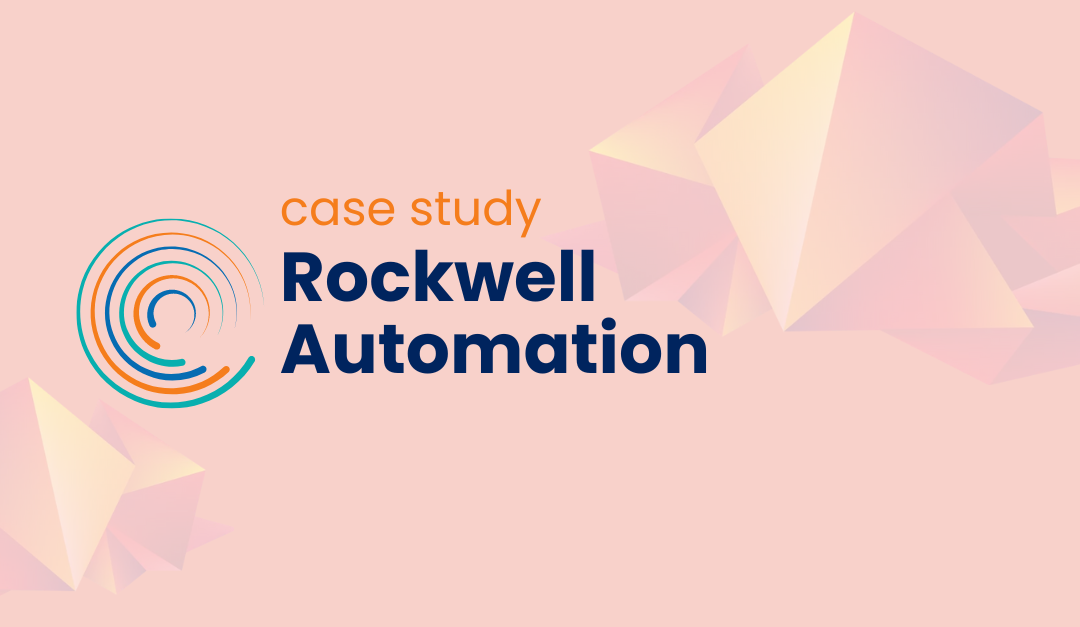
Rockwell Automation
Rockwell Automation depends on Full Circle Insights to create multi-touch attribution models and track pipeline in Salesforce.
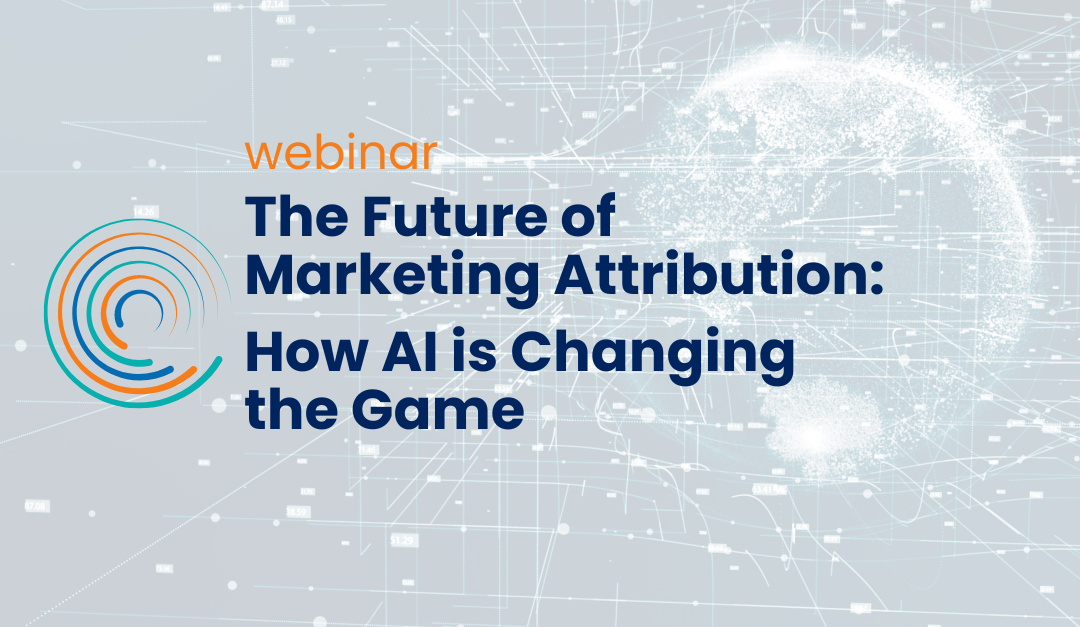
The Future of Marketing Attribution: How AI is Changing the Game
Watch on-demand – The Future of Marketing Attribution: How AI is Changing the Game and dive into the impact of AI on marketing attribution.

What is Funnel Measurement?
What is Funnel Measurement? As marketers, we’re all familiar with The Funnel. We know customers generally progress from awareness and consideration, to conversion and (hopefully) loyalty.
But, how can we actually measure the journey through that funnel?

Jandir Matos Takes Full Circle Insights to Next Level as Lead Economist and VP of Finance
Jandir Matos Continues to Make Strides as Lead Economist and VP of Finance at Full Circle Insights

Erica Newell Hits the Ground Running as Full Circle Insights VP of Customer Success
Full Circle Insights, the leading marketing attribution provider native to Salesforce, officially announces Erica Newell as VP of Customer Success.



